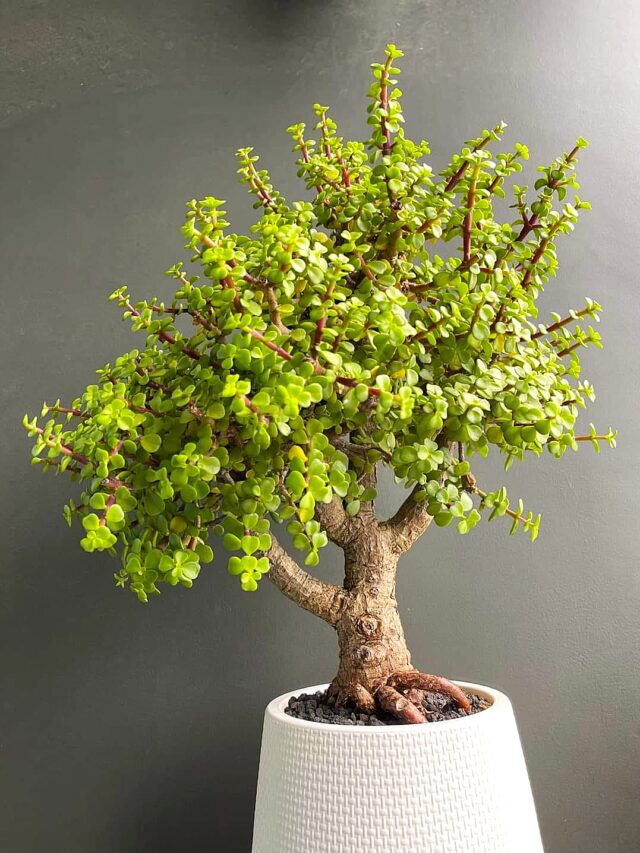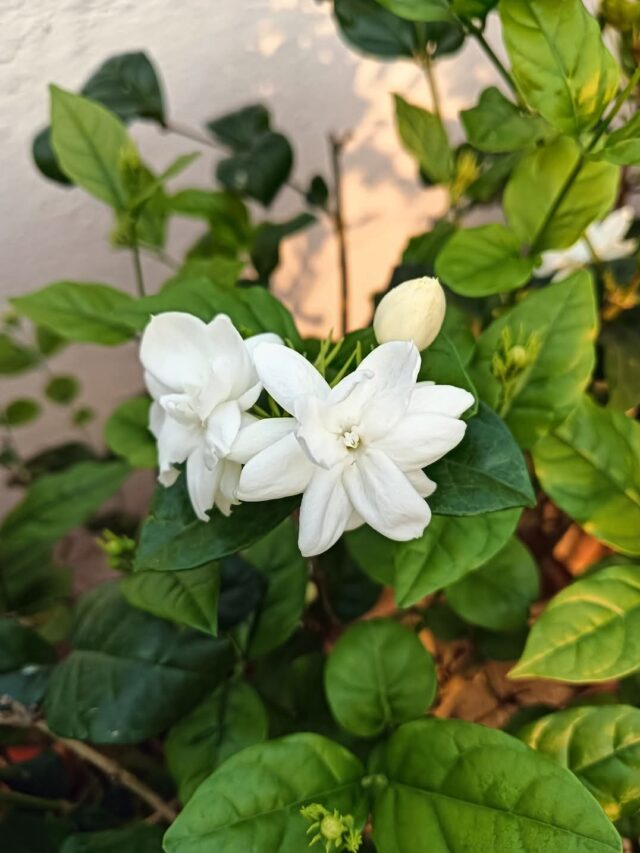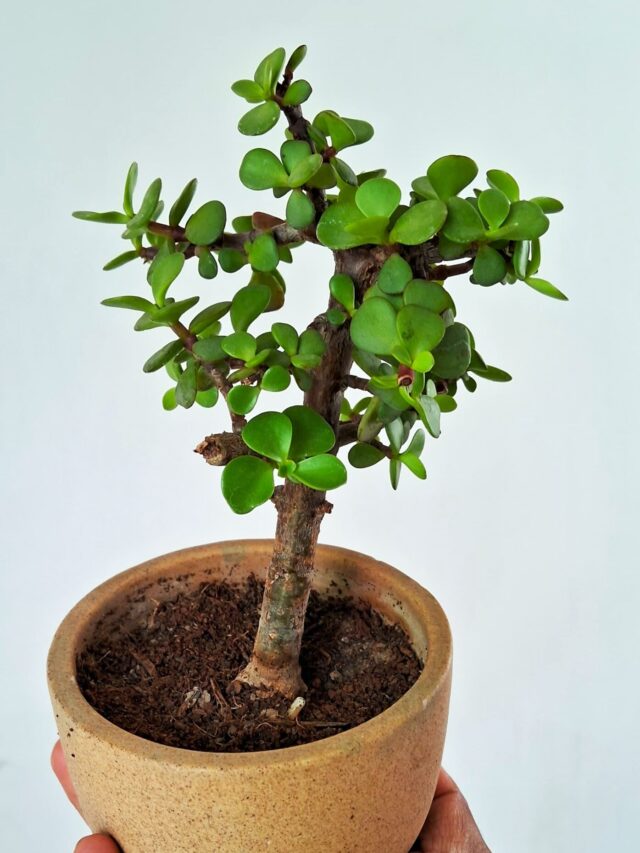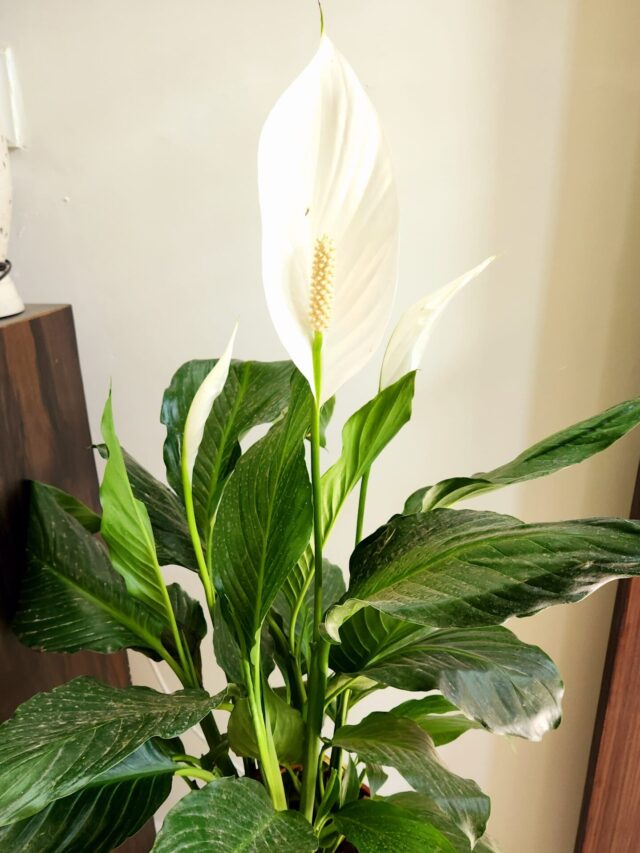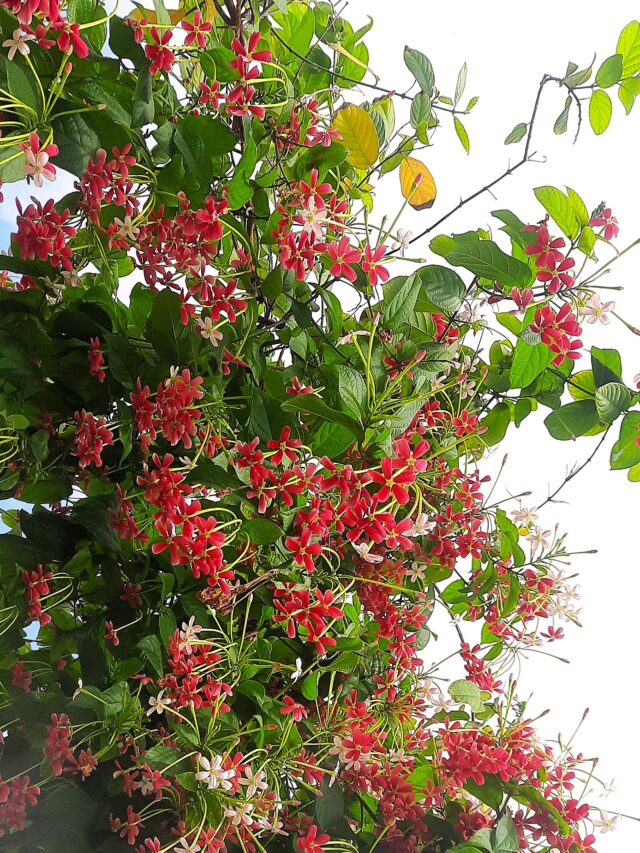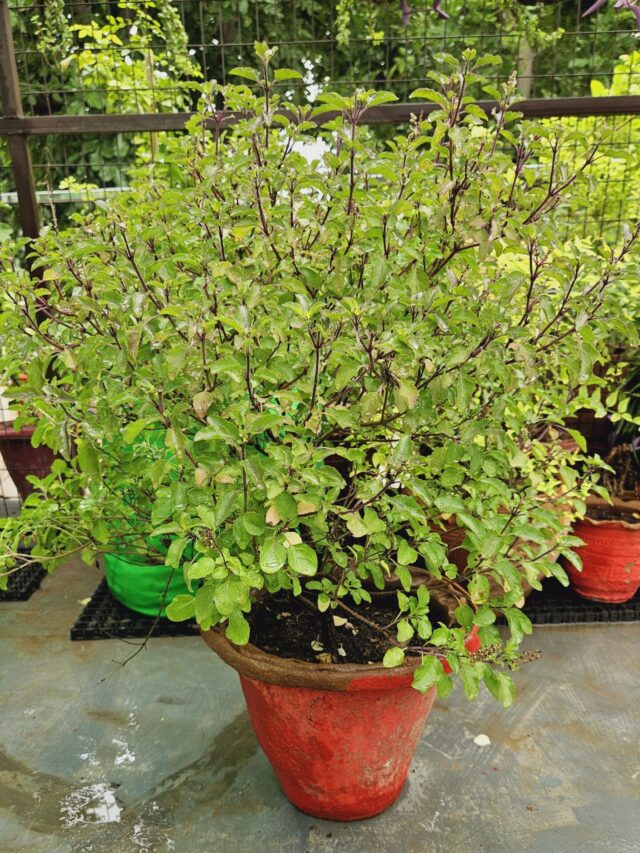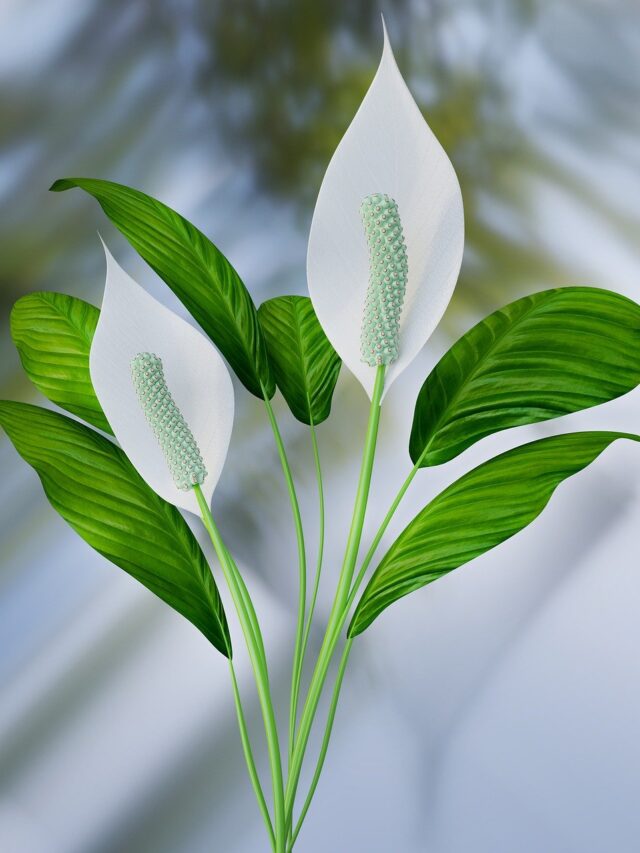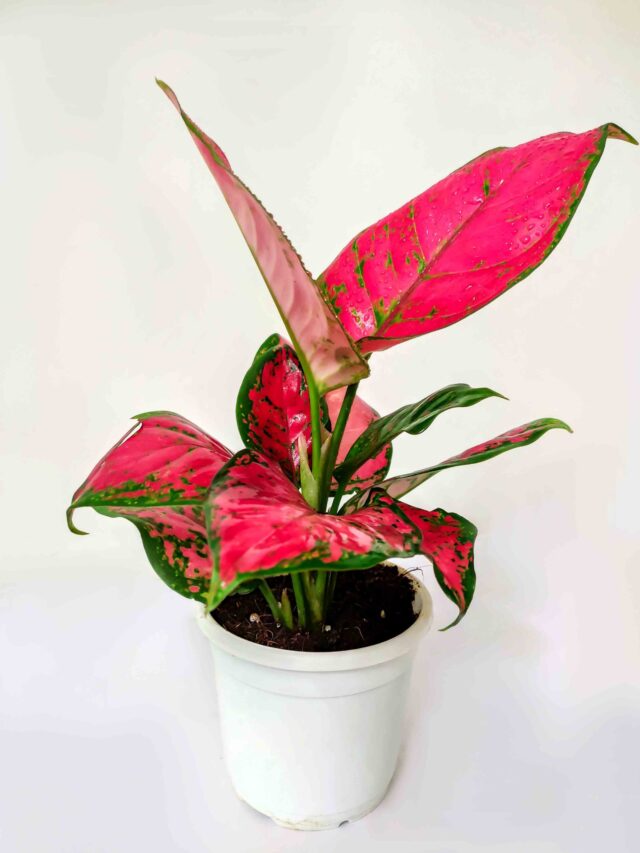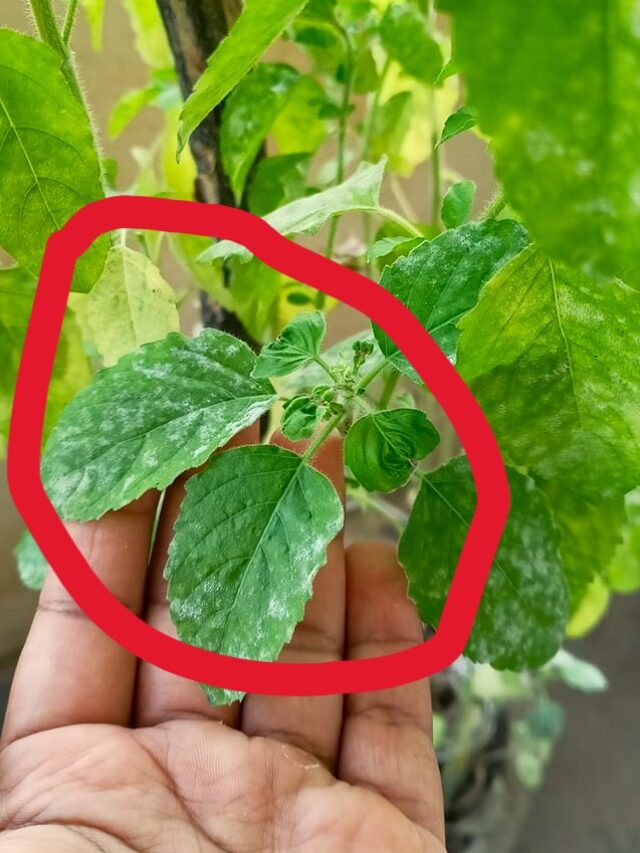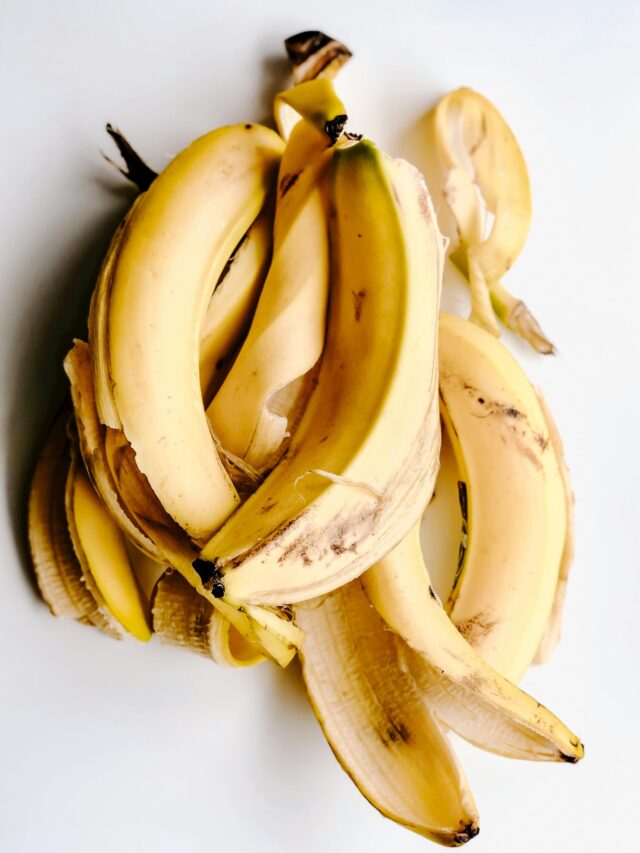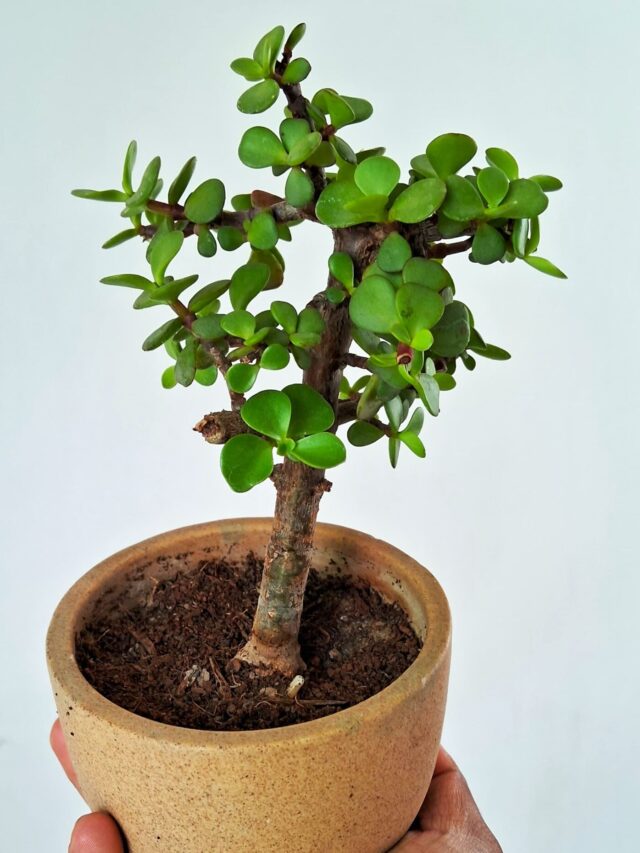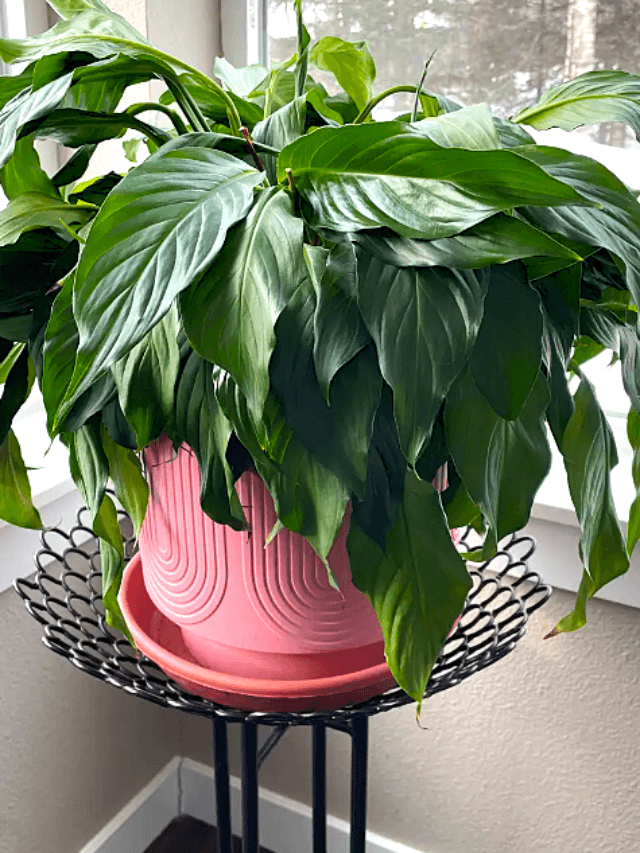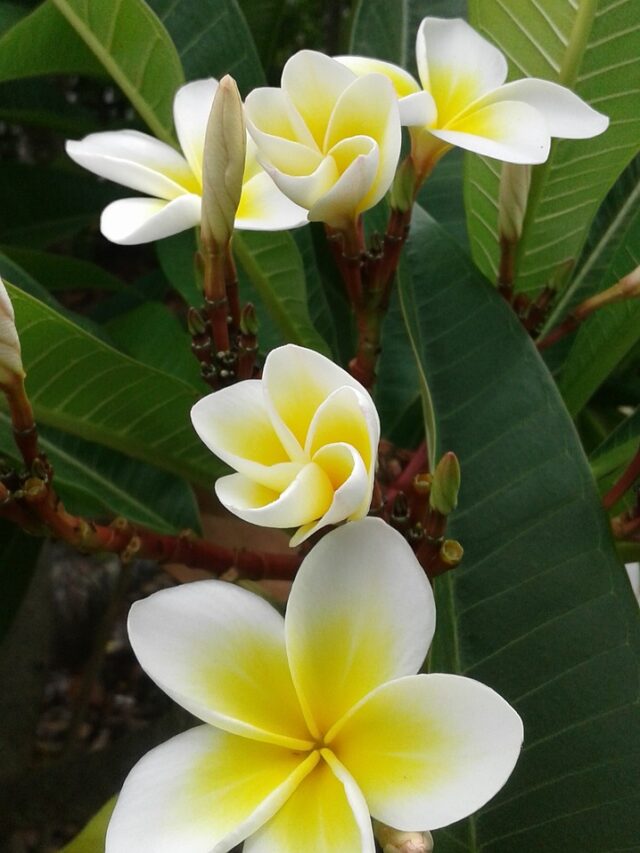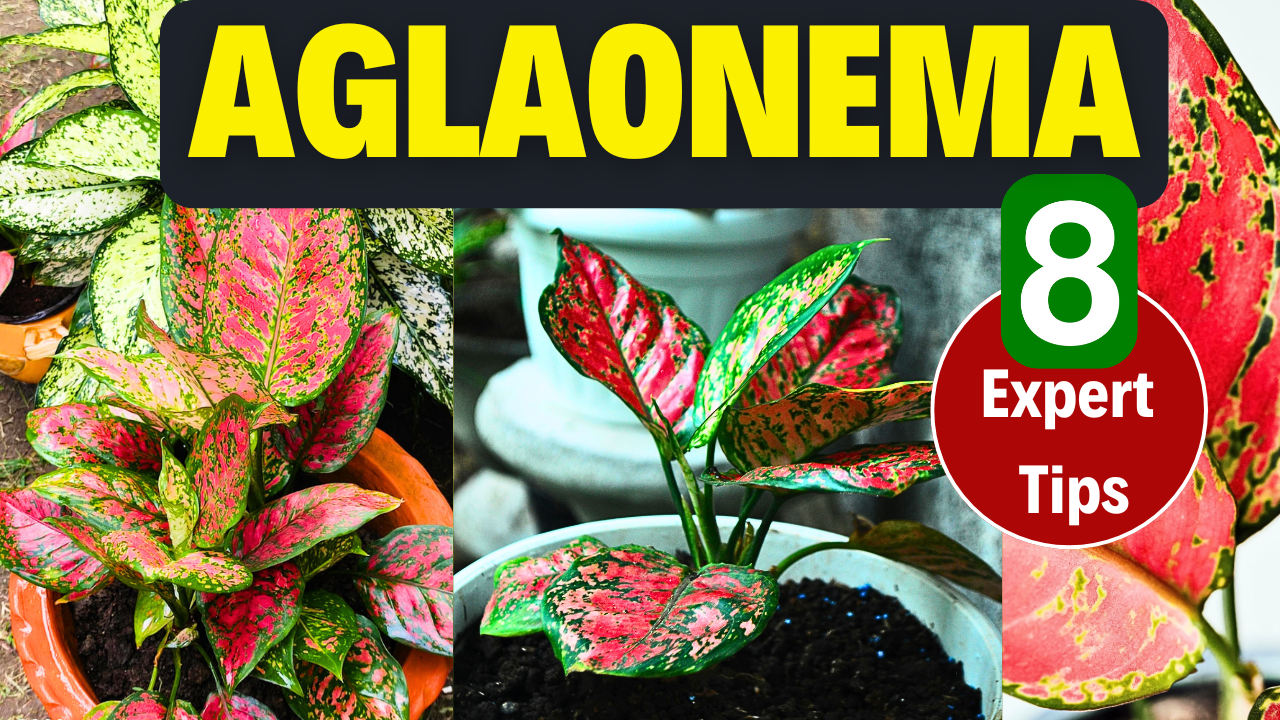Peace Lily vs Aglaonema: Which Plant Is Best for Beginners?
The Peace Lily and Aglaonema are two of the most popular indoor plants, loved for their beauty and air-purifying qualities. However, if you’re a beginner in gardening, it’s important to understand their differences before choosing the right plant for your space.
Let’s explore the key differences between the two to help you decide!
Peace Lily vs Aglaonema: Which Plant Is Best for Beginners?
1. Sensitivity
Peace Lily: Peace Lilies are highly sensitive and quick to show signs of stress if their care needs aren’t met. They droop dramatically when under-watered and may develop yellow leaves if over-watered.

Aglaonema: Aglaonemas are much hardier and more forgiving. They can handle irregular watering and adapt to a variety of environments, making them ideal for beginners.
2. Light Requirements
Peace Lily: Prefers bright, indirect light but can tolerate low-light conditions. However, too much direct sunlight can scorch its leaves.
Aglaonema: Thrives in low, medium, or indirect light and can even tolerate occasional exposure to direct sunlight better than the Peace Lily.
Click here to read: Peace Lily Complete Care Tips
3. Watering Needs
Peace Lily: Requires careful watering. Under-watering will cause it to droop, while over-watering may result in root rot or yellowing leaves.
Aglaonema: Far less demanding when it comes to watering. It can survive occasional missed waterings without showing immediate signs of stress.
Click here to read: Aglaonema Plant Complete Care Tips
4. Soil Preferences
Peace Lily: Needs well-draining soil and struggles in poorly drained conditions. A loose, aerated soil mix is essential.
Aglaonema: Less fussy about soil as long as it drains well, making it easier to manage for beginners.
5. Sensitivity to Environment
Peace Lily: Highly sensitive to environmental changes, including humidity levels, temperature fluctuations, and light. Regular monitoring is required to keep it healthy.
Aglaonema: A much tougher plant that can tolerate a wide range of conditions, including lower humidity and moderate temperature variations.
Which Plant Is Best for Beginners?
If you’re a beginner looking for a low-maintenance plant, Aglaonema is the better choice.
Its hardiness, adaptability, and forgiving nature make it perfect for those still learning the ropes of indoor gardening.
On the other hand, if you’re up for a challenge and willing to monitor your plant closely, the Peace Lily offers stunning blooms and a rewarding care experience.
Final Tip: If you’re still undecided, why not try both? Place the Aglaonema in a low-light spot and the Peace Lily in a well-lit area to enjoy the beauty of both plants in your home!
Follow our Social media channel:
1. Voice of Plant – YouTube Channel
2. Voice of Plant Facebook Page
3. Instagram Voice of Plant Channel
Happy Gardening!
Make Your Own Garden!

